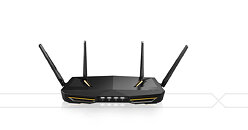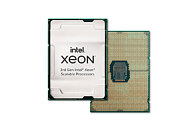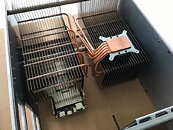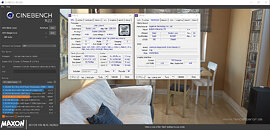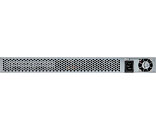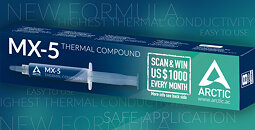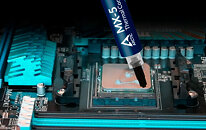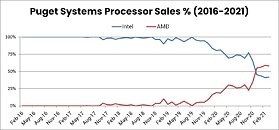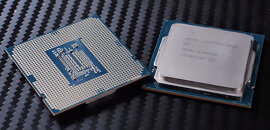
NVIDIA Announces Grace CPU for Giant AI and High Performance Computing Workloads
NVIDIA today announced its first data center CPU, an Arm-based processor that will deliver 10x the performance of today's fastest servers on the most complex AI and high performance computing workloads.
The result of more than 10,000 engineering years of work, the NVIDIA Grace CPU is designed to address the computing requirements for the world's most advanced applications—including natural language processing, recommender systems and AI supercomputing—that analyze enormous datasets requiring both ultra-fast compute performance and massive memory. It combines energy-efficient Arm CPU cores with an innovative low-power memory subsystem to deliver high performance with great efficiency.
The result of more than 10,000 engineering years of work, the NVIDIA Grace CPU is designed to address the computing requirements for the world's most advanced applications—including natural language processing, recommender systems and AI supercomputing—that analyze enormous datasets requiring both ultra-fast compute performance and massive memory. It combines energy-efficient Arm CPU cores with an innovative low-power memory subsystem to deliver high performance with great efficiency.

